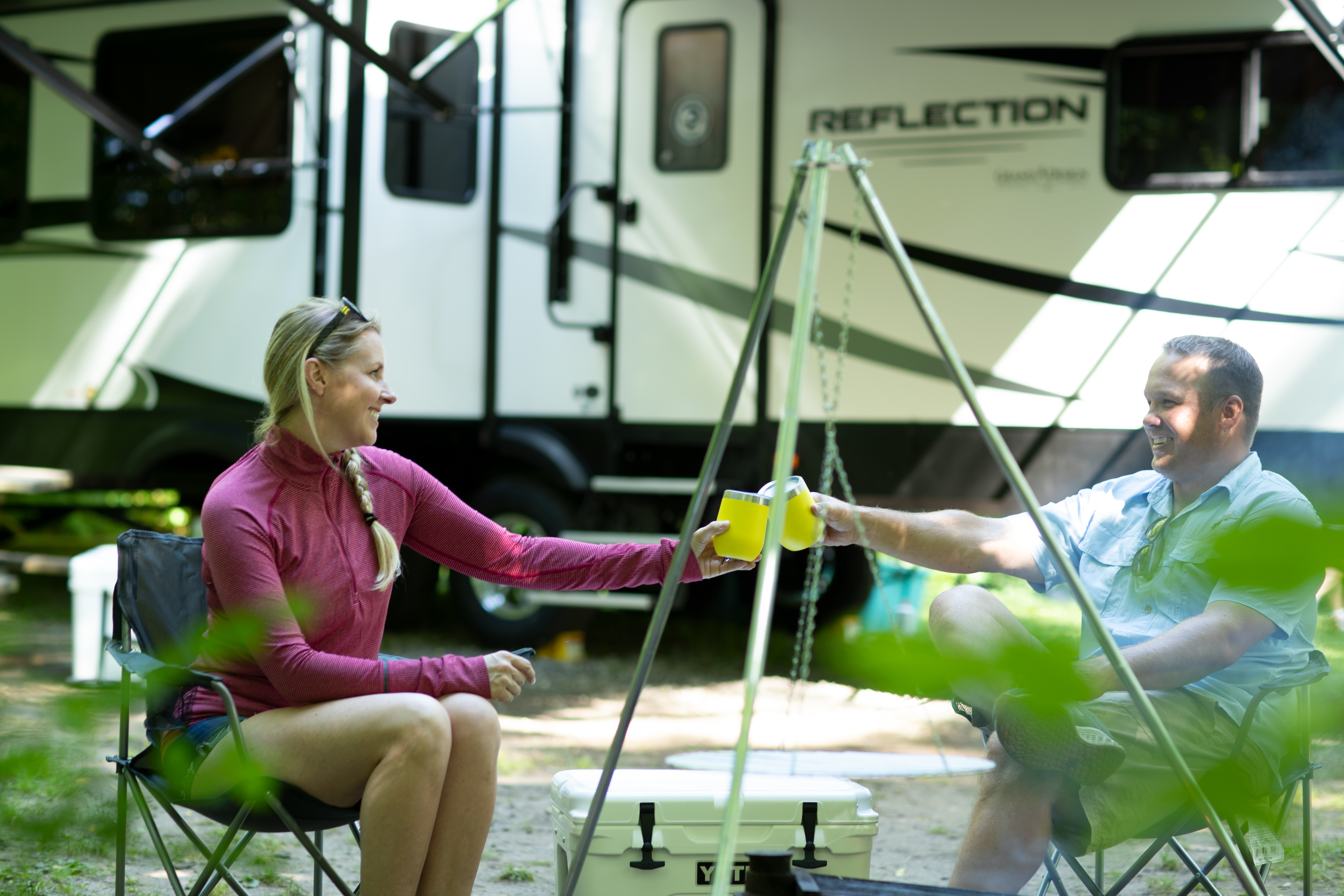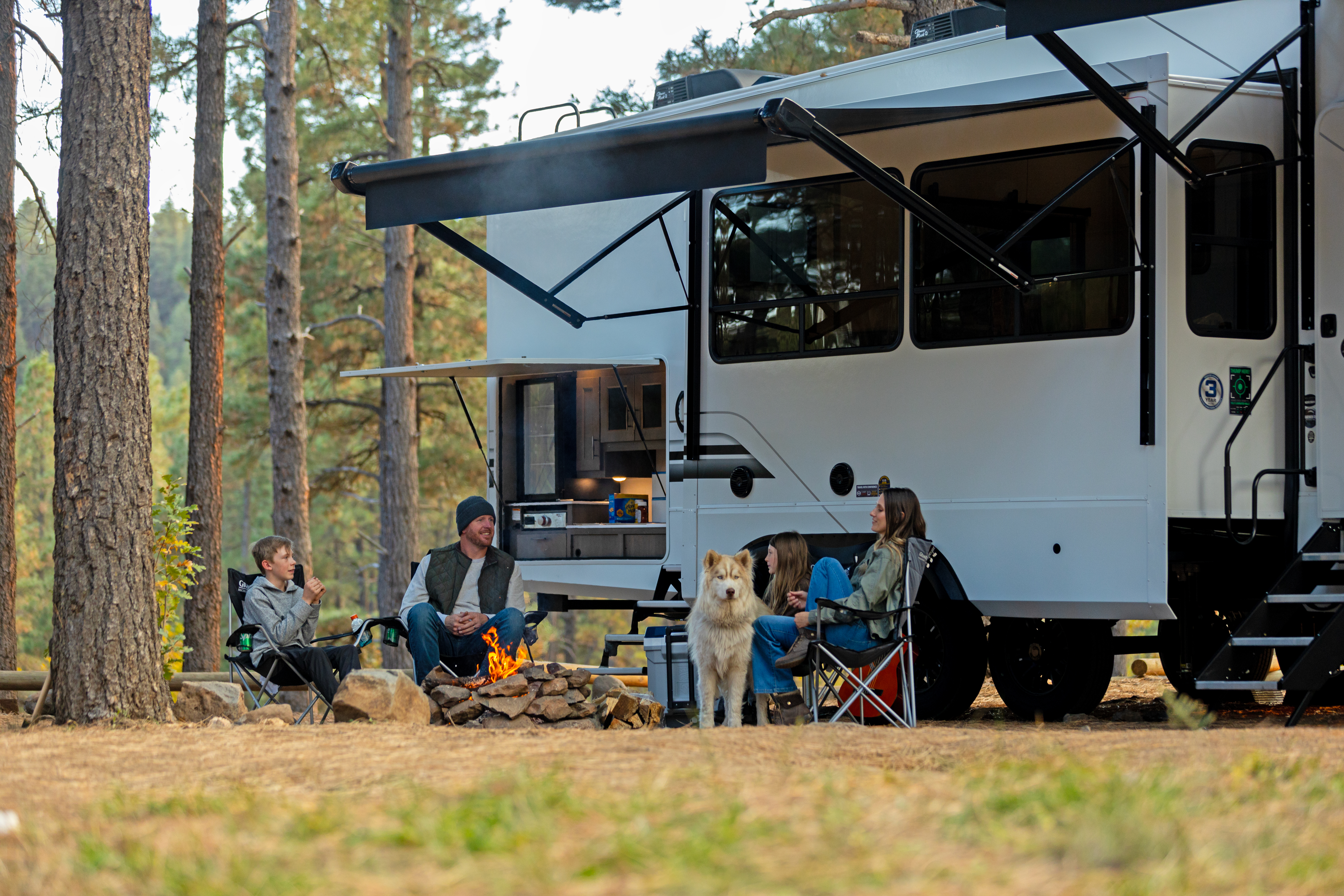LEARN
What Do You Do If Your RV Breaks Down?

There’s never a good time for your RV to break - but it can be especially worrisome if it happens while you are boondocking. After all, what are you supposed to do if you don’t know how to make the repair, and you don’t have cell service to call for help?
These are questions that you should answer before you go boondocking so you are prepared if something happens. But, if you’ve been lucky enough to find this blog post with your limited cell service, keep reading. There are steps you can take to get out of this sticky situation
Perform a safety check on your RV before you leave
Before you leave, it is crucial that you you perform a safety check.
This means doing a thorough systems and mechanical inspection of your RV and vehicle. Things that you should pay attention to include tires, brakes, lights, and batteries.
This will not only keep you safe en route to your destination. It will ensure that you have alternate sources of power in case of emergencies – such as fully functional batteries.
Ultimately, inspecting your RV and tow vehicle prior to traveling should decrease the chances of something unexpected breaking down.
Plan before you go
No matter where you plan to camp, whether it’s a campsite with wide asphalt roads or down a dirt road in the middle of nowhere, there are several things you should always have with you:
- Emergency roadside kit: These are easy to come by. You can even find an affordable one on Amazon. Just make sure it includes several crucial things: warning triangles, orange cones, and flares. These can all come in handy, even if your RV is nowhere near the main road.
- RV tool kit: This should be reasonably small so that it doesn’t take up too much space in your RV or vehicle. To assist you with unexpected trouble, it should contain:
- Adjustable wrench
- Air compressor and hoses
- Allen wrenches
- Bottle jack
- Bubble levels
- Cordless drill
- Duct tape
- Extra fuses for RV and tow vehicle
- Flashlight
- Hammer
- Multibit screwdriver set
- Satellite phone (optional, but highly recommended)
- Socket and ratchet set
- Tape measure
- Tire pressure gauge
- Work gloves
- Zip ties
Of course, much of this stuff is useless if you aren’t handy and don’t know how to make use of this equipment. That’s where the next steps can help.
If your RV breaks while in the woods
If you are boondocking, hopefully you have already taken precautions to power your RV. In the case of a propane malfunction, boondocking RV owners rely on things like solar power or generators to replace this power source. Making sure your batteries are working properly, as well as solar, should prevent you from spoiling perishable food or eating room-temperature chili from a can by candlelight. So, before you go camping, we recommend reading this blog post, which tells you how to calculate how much power you need for boondocking.
In the event that you have completely lost power, and your tow vehicle still works, unhitch your trailer and seek civilization for assistance.
If your tow vehicle is compromised, having a satellite phone (as mentioned in the RV toolkit list above) can get you out of sticky situations during which you have no cell service to call for help
If your RV breaks while moving
If you are enroute to your campsite and something breaks on your RV - let’s say it’s a flat tire - you should begin slowing down. Don’t immediately halt to a stop, as this can be extremely dangerous for a number of reasons when you are towing a trailer.
Once you have slowed, put on your turn signal and pull off to the side of the road (assuming there is one). After your vehicle has stopped moving, turn on your hazard lights.
Next, you’ll need to retrieve your cones or caution triangles. Place them on the side of the road 10 feet, 100 feet, and 200 feet behind your RV. This will alert other travelers that there is a problem and you may require assistance. It also notifies them that there is an obstacle on the side of the road so they can avoid you as they drive by. Just in case there is a collision, all passengers should remain inside the tow vehicle, buckled in their seats.
Finally, if you don’t know how to make the repair yourself, you can try flagging down another driver or walking to the nearest exit (if it’s a reasonable walk) to get a cell signal if you don’t already have one. Some RV drivers avoid this situation by including a satellite phone in their emergency kit. However, if your tow vehicle is fine, you can simply unhitch your RV and find help yourself.
That being said, if you have cell service, the first thing you should do is call for roadside assistance.
Staying safe when help arrives
Because there are some crazy people out there, when help arrives, you should ask to see their identification. If they make you nervous, ask them questions that may help verify their legitimacy, look for professional labeling on their tow truck, and pay attention.
Calmly explain the situation to roadside assistance. It’s possible they will be able to make the repair right there and you can be on your merry way. If they are unable to make the repair, you should have a mechanic in mind that you can direct them to. Then you will know precisely where your RV is going.
Breakdowns can be scary when you are boondocking, but there are steps you can take to be prepared and get help. Remember to conserve energy and resources (freaking out won’t help). And once you finally get help, don’t let this setback ruin your trip. Explore a local small town that you may not have stopped for before. It may have activities or oddities to keep you entertained until you are ready to get back on the road.







